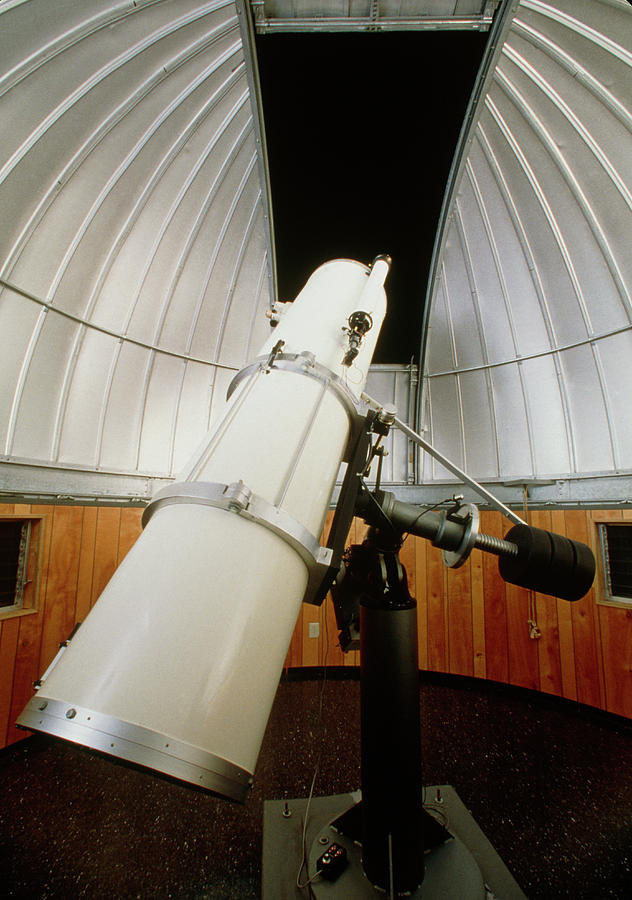

This type of finder scope has circles in the reticle to show you which part of your view matches the field of view of your eyepiece. Because of this, this type of finder scope does not produce an inverted image.

Reflector telescopes – this type of telescope produces an upside-down image.The orientation of the images that you will see on your telescope depends on the type of telescope that you are using: Because of this, astronomers learn and practice to work with inverted images and view astronomical objects upside down.Īlso, adding another optical device on the telescope causes additional aberrations and distortions to the view, which can become a problem as well. Using diagonals and other optics to correct the images actually limits the amount of light that the telescope can gather from the night sky. If This Can be Remedied Using a Diagonal Why Not Do It All the Time? We actually see the world upside down! Our brain inverts the image so that we can see the world as it actually is. In fact, our eyes actually do the same thing. This is because mirrors and lenses just work that way. But the truth is, every telescope (whether a refractor, reflector or compound style) and even cameras produce inverted images. Why do Objects Appear Upside Down or Backwards?Īt first, you may think that there is a specific purpose on why the telescope is designed to be this way. Landscape viewing could make you motion sick from looking in and out of the telescope? I am not too queasy, but my wife gets seasick in a paddle boat, so I am sure she would not like the topsy-turvy viewing. Although, objects here on Earth may need that grounded feeling when viewing. You might not even notice it since you don’t see them right-side up anyway. In space, there is no up or down.Īlso, seeing astronomical objects upside down would not really be a big deal. In astronomy, vertical orientation is not as necessary due to our concept of up and down are just relative to the direction in which gravity is working on us. Here is the one I am saving up for, now that I know that a Image Prism Diagonal improves my viewing time. But it may just have been me getting quicker at set up as well? Especially when the grandchildren were over, they lost interest a little quicker I thought before I got the erect image prism diagonal. I just found it easy to use and orientate as I was relearning my telescope. If you want to see it, I had purchased it to see if it would help me out… here is the link.

However, if you are like me, I found this one at Amazon to be quite useful. You may find you can use a standard diagonal, or you may not even need a diagonal at all. My problem was…I found that I needed to not lose orientation of the object, say the moon, to easily navigate to specific craters. However, this will also flip your image backward from left to right.Īs mentioned above, special diagonals, called Erect-Image Prism diagonals can correct the vision as you would really see it. There are special diagonals, to correct the image as to how you would really see it called Erect-Image Prism diagonals and are used in the same manner as regular diagonals.įor those that are using a refractor or a Cassegrain style telescope, you can use a Diagonal to correct the image and turn it right-side up. However, this will flip (mirror) your image from left to right. To correct upside-down viewing equipment known as a Diagonal can correct the image and turn it right-side up. One of the biggest surprises that beginner astronomers have is when they find that the view they are seeing through their telescope is upside down or backward.


 0 kommentar(er)
0 kommentar(er)
